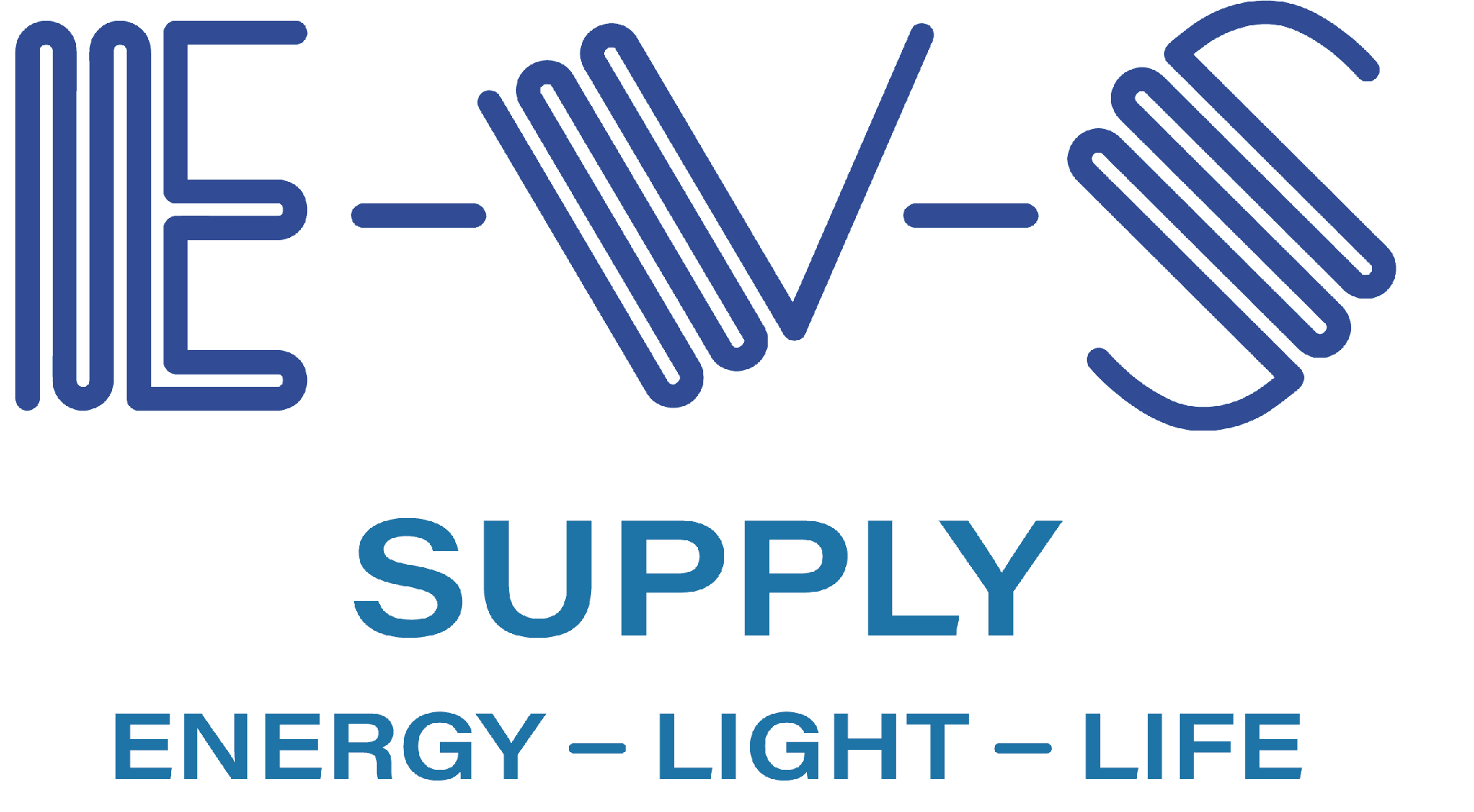1. Non-Rechargeable vs. Rechargeable?
Non-Rechargeable batteries are also known as Primary cells. They are designed to be used once and discarded. They have a lower self-discharge rate compared to secondary cells and can be used for long term storage of power.
Rechargeable batteries are also known as Secondary cells. They are designed to be recharged and reused. They have a higher discharge rate compared to primary cells.
2. Which battery chemistries does EVS Supply carry?
| CHEMISTRY | BRANDS WE SELL | ENERGY DENSITY | SHELF LIFE | VOLTAGE | Rechargeable |
|---|---|---|---|---|---|
| Lithium Thionyl Chloride (LTC) | TadiranSAFT | High | 10 yrs. | 3.6-4.1 | |
| Sealed Lead Acid (SLA) | Power SonicEnersys | Very Low | 6 mo. | 6/122 / 6 / 12 | |
| Nickel-Cadmium (NiCD) | FDK,Panasonic,SAFT,VinnicVarta | Very Low | 5 yrs. | 1.2 | |
| Nickel-Metal Hydride (NiMH) | FDKPowerExSAFTVarta Vinnic |
Medium | 5 yrs. | 1.2 | |
| Alkaline | DuracellEnergizer/RayovacEvergreen | Medium | 5 yrs. | 1.5 | |
| Lithium Coin | PanasonicRenataFDK | High | 10 yrs. | 3 | |
| Silver Oxide | EnergizerRenata | High | 5 yrs | 1.6 |
3. What type of custom battery packs does EVS Supply assemble?
Non-Rechargeable battery packs with customer defined leads and connectors for all types of applications including: Aerospace, marine, metering, remote monitoring, CMC tool backup, oil/gas, medical, etc.
4. What are the considerations for use and handling of lithium primary batteries?
| Abusive Condition | Corrective Procedure |
|---|---|
| High-rate discharging or short-circuiting | Low-capacity or low-rate batteries may be self-limitingElectrical fusing, thermal protectionLimit current drain; apply battery properly |
| Forced discharge (cell reversal) | Voltage cutoffUse low-voltage batteriesLimit current drainSpecial designs (“balanced” cell)Use of diode in parallel across cell |
| Charging | Prohibit chargingDiode protection to prevent or limit charging current |
| Overheating | Limit current drainFusing, thermal cutoff, PTC devicesDesign battery properlyDo not incinerate |
| Physical abuse | Avoid opening, puncturing, or mutilating cellsMaintain battery integrity |
David Linden, Thomas B. Reddy, eds. (2002). Handbook of Batteries (3rd ed.)
New York, NY: McGraw-Hill Books.
5. How does temperature affect batteries?
One of the most important factors of battery aging and performance is temperature.
20-25° C is the optimum battery temperature; Depending on the battery chemistry, at 30°C or higher, the battery design life can diminish by as much as half.
Lithium-ion, NiCD, NiMH Batteries operate best between 20°C – 60°C. They are designed for a wide spectrum of environmental extremes.
6. Are battery products recyclable?
Per Texas law, rechargeable batteries must be recycled.
EVS Supply is committed to the recycling and disposal efforts through the Rechargeable Battery Recycling Corporation (RBRC).
